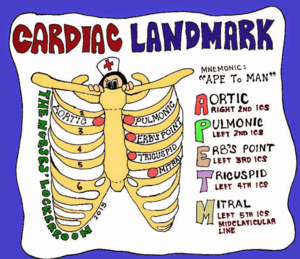14099956
HPA - Emphysema
Resource summary
| Question | Answer |
| What is it? | A form of COPD where the walls of alveoli are destroyed due to inflammation and become enlarged, and decrease in elasticity, leading to airflow impairment. |
| Prevalence of COPD | 2011 - 2012 530,000 Australians |
| What are the risk factors | Age: > 50 Smoking Occupational exposure to fumes Genetic: severe ATT deficiency associated with a single gene |
| Causes | Main cause is long term exposure to airborne irritants, especially through smoking. Genetic: severe ATT deficiency which can be inherited (rare) |
| Pathophysiology behind the disease | Inflammatory cells collect in distal airway tissues These lead to the destruction of elastic fibres in the respiratory bronchioles & alveolar ducts. Alveolar wall destruction causes the alveoli to combine and create larger air spaces - causing a loss of pulmonary capillary bed. This reduces the surface area for alveolar-capillary diffusion - affecting gas exchange. The loss elastic recoil reduces passive expiration of air. |
| What are the symptoms? | Absent/ mild cough with scant clear/no sputum Person appears thin and cachectic* (waisted) Barrel chest Commonly uses accessory muscles to assist breathing "Pink puffer" |
| What might a nurse notice on examination? | Resp: Distant/diminished breath sounds on auscultation Hyper-resonant on percussion Nurse may note pink skin, barrel chest, anxious expression and assumption of tripod position. ^ WOB and prominent use of accessory muscles. |
| Vitals? | SpO2 may be < 95% RR: may be above normal HR: can be normal or increased BP: may be above normal Temp: can often be increased |
| Other relevant tests | ABGs can be normal or indicative of mild hypoxaemia RFTs increased total lung capacity (due to increased lung fields) and markedly increased residual volume FBC may show ^ haematocrit and ^ RBCs due to chronic hypoxia Chest xray may show enlongated lung fields |
Want to create your own Flashcards for free with GoConqr? Learn more.

